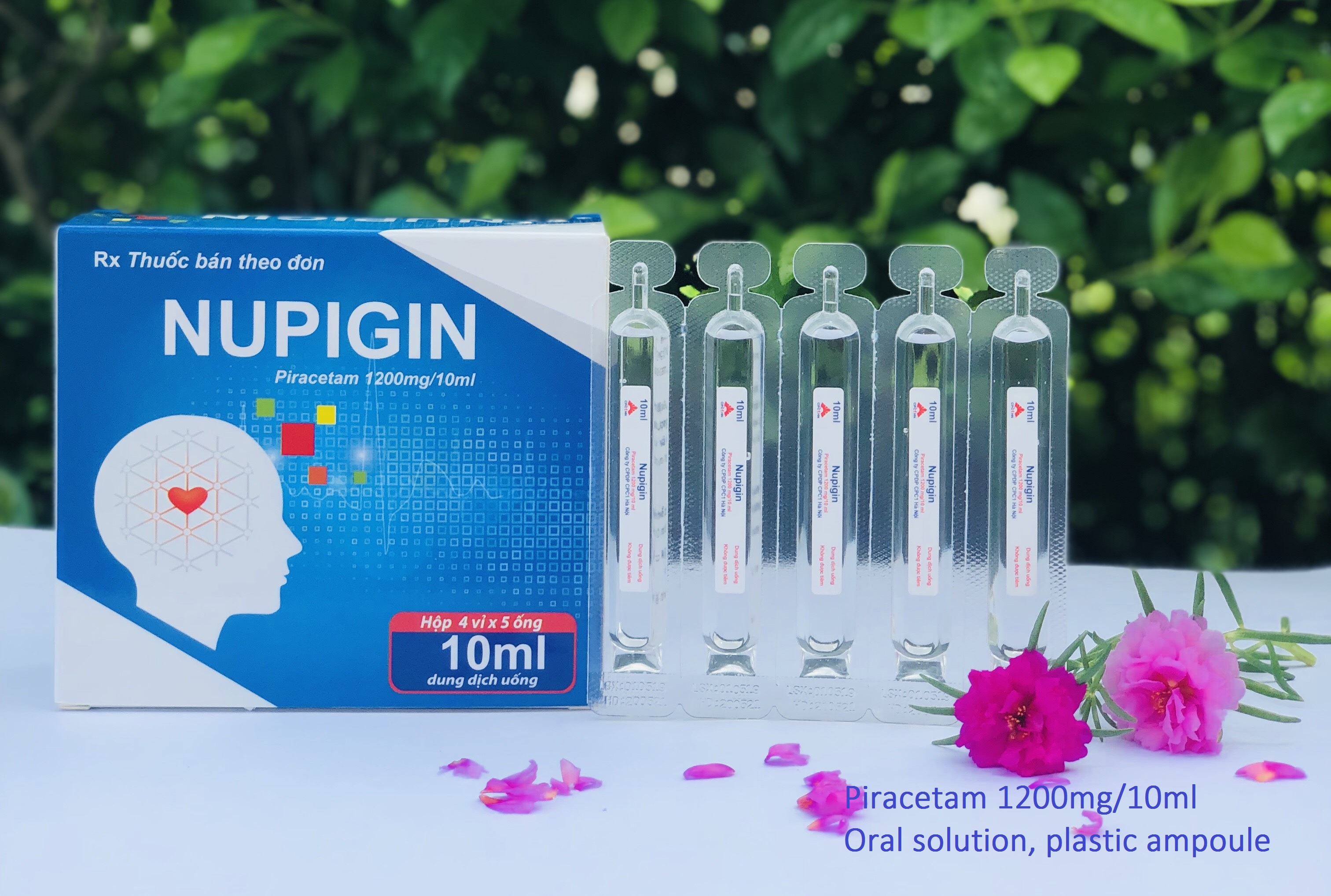The Impact of Drugs and Stimulants on Society and Health
Drugs and stimulants have long been a significant concern worldwide, influencing both individual health and broader societal dynamics. The use and abuse of these substances can lead to detrimental effects, ranging from addiction and physical harm to economic burdens and social issues. This essay explores the impact of drugs and stimulants on health, society, and the measures necessary to combat their harmful effects.
LET'S FIND OUT TOGETHER
Health Implications
Drugs, including both illicit substances like cocaine and legal ones such as prescription painkillers, can severely damage a person’s physical and mental health. Stimulants, such as caffeine, nicotine, and amphetamines, also carry risks when consumed in excess. The most immediate health impact of drug abuse is addiction, which alters brain chemistry, leading to compulsive behavior and an inability to function without the drug. Prolonged drug use is associated with a wide array of health problems, including cardiovascular diseases, respiratory issues, liver damage, and weakened immune systems.
Mental health is often equally affected. Substance abuse can lead to anxiety, depression, paranoia, and hallucinations, further exacerbating a person’s overall well-being. In extreme cases, drug overdoses can be fatal, underlining the gravity of the issue.
Social and Economic Consequences
On a societal level, the impact of drug abuse extends beyond the individual, affecting families, communities, and economies. The financial costs related to drug abuse are substantial, with healthcare systems burdened by the need for addiction treatment, emergency care, and long-term health issues resulting from drug use. Additionally, drug abuse often contributes to increased crime rates, as individuals may resort to illegal activities to support their habits.
Families are also deeply affected, as drug addiction can strain relationships, lead to neglect or abuse, and cause long-term emotional trauma. Children in households affected by drug abuse may face developmental challenges, mental health issues, and are often at a higher risk of becoming drug users themselves.
Mitigating the Impact
Addressing the impact of drugs and stimulants requires a multifaceted approach. Public health campaigns, education on the risks of substance abuse, and providing access to treatment and rehabilitation services are critical steps. Furthermore, governments need to implement policies that reduce drug trafficking and promote harm reduction strategies.
HOW CPC1HN CAN HELP YOU TO GET THROUGH THE IMPACT:
Drugs and stimulants are often used due to stress, mental health issues. With our products that can nutriate brains, improve your mental health:
NUPIGIN:

Composition
Piracetam 1200mg/10ml
Dosage Form: Oral solution
Indication:
Indicated in adults patients suffering from myoclonus of cortical origin, irrespective of aetiology, and should be used in combination with other anti-myoclonic therapies.
Dosage Administration:
Muscle tremors of cortical origin:
Piracetam is used at a dose of 7.2g/day, divided into 2-3 times. Depending on response, every 3-4 days, increase by 4.8 g per day up to a maximum dose of 20g/day. Once the optimal dose of piracetam has been reached, a way to reduce the dose of the accompanying medications should be sought.
Cerebral anemia, cognitive impairment in the elderly, dysphasia in children, dizziness:
The usual dose is 2.4g/day, divided into 2-3 times; may be increased to 4.8g/day for severe cases.
Note: Adjust the dose in the elderly, people with severe liver failure and kidney failure.
Conclusion:
In conclusion, drugs and stimulants have far-reaching negative impacts on both health and society. Combating this issue requires cooperation between individuals, communities, and governments to reduce the damage and provide support for those affected.
